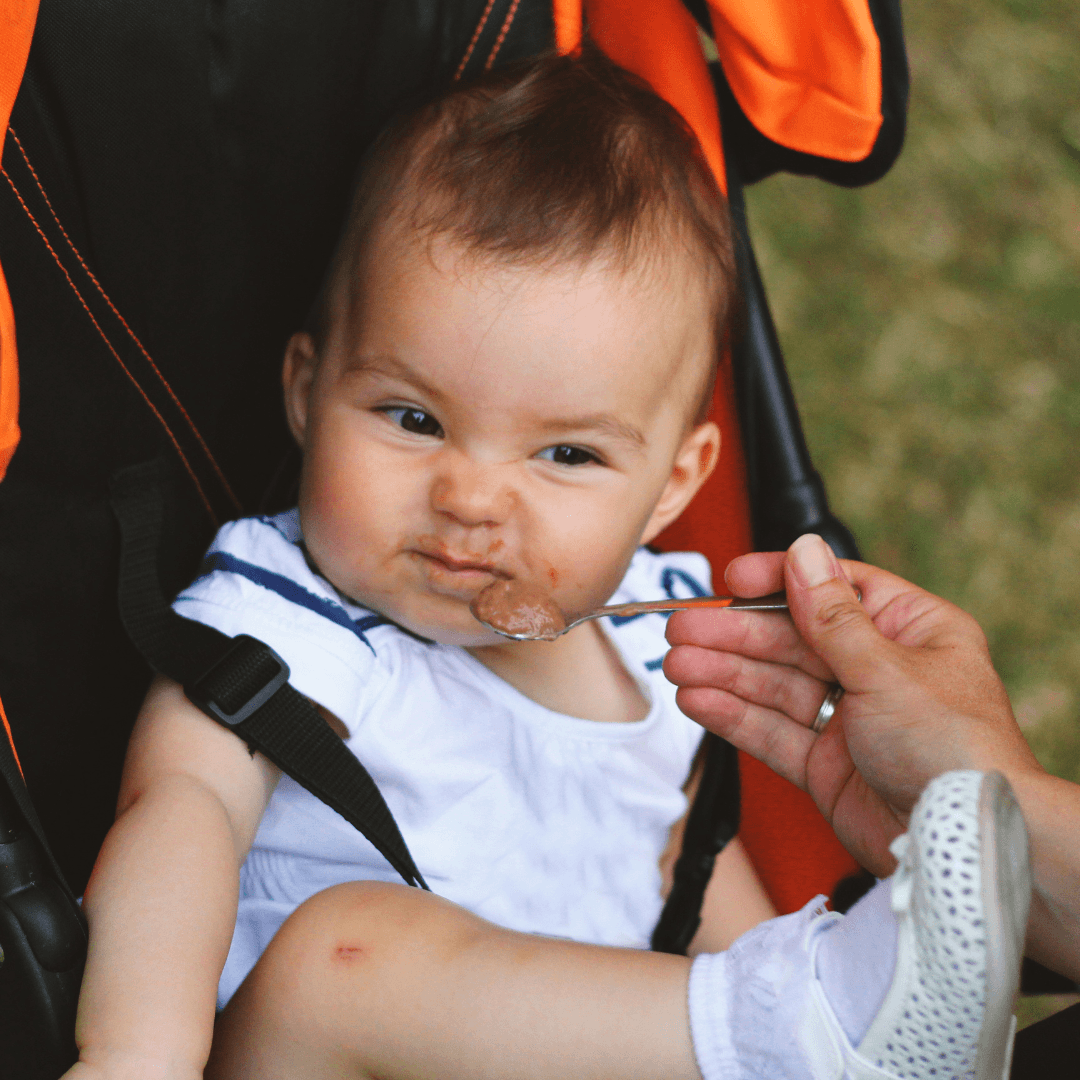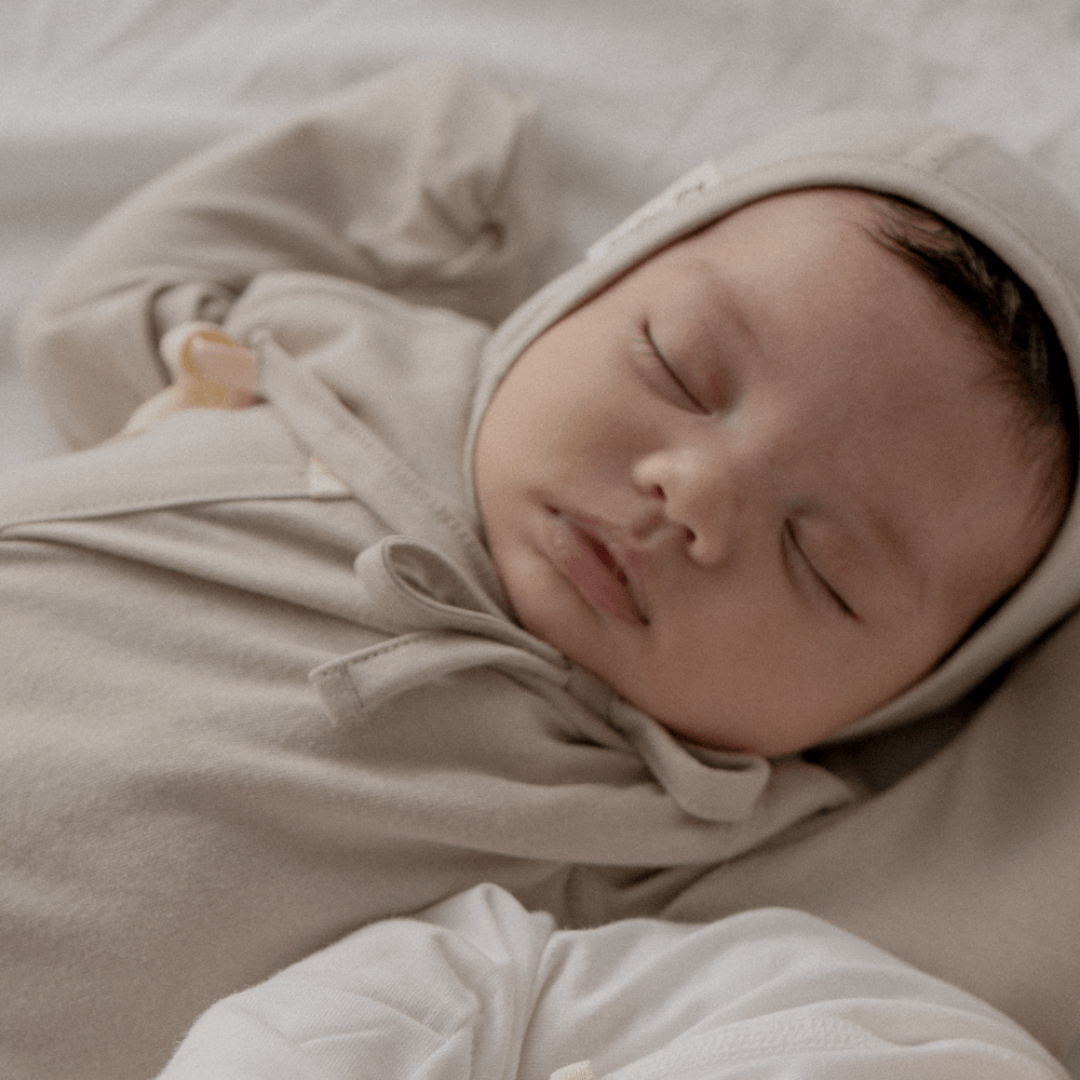
What is a 'reflex movement'?
A ‘reflex’ refers to an unconscious and automatic response to external stimuli. In other words, it refers to a physical activity that is naturally triggered by a specific stimulus, rather than the child moving with any intention.
This reflex is divided into the ‘survival reflex’ and the ‘primitive reflex’. The ‘survival reflex’ refers to reflexes that are essential for a child’s survival, such as the breathing reflex, sucking reflex, and swallowing reflex.
Primitive reflexes are traces of human evolution and refer to reflexes that are not related to survival. These include the Moro reflex, the Babinski reflex, and the toddler reflex.
These reflexes disappear within a few months as the cerebral cortex develops. At first, it is an unconscious reflex movement, but as the brain develops, it naturally becomes a conscious action.
How much reflex activity a child engages in does not determine their intelligence!

What are the different kinds of reflexes?
1. Sucking Reflex
An attempt to suck the mother's milk or something around the baby’s mouth. After 3 months or so, this switches to voluntary movements (they will suck on their own intentions).
2. Moro Reflex, Also Called the Startle Reflex
When suddenly touched or stimulated by loud noises, your baby will spread their arms and legs, spread their fingers, and reach their arms and legs toward you.
There are times when a child suddenly is surprised and experiences the Moro reflex. This behavior lasts until around 4-6 months of age. It is strongest around 2 months.
Tip: If the Moro reflex does not occur at birth, it is worth testing your child in the case of a possible neurological disorder.
3. Grasping Reflex
This is a reflex of closing the fingers when the palm is pressed. This disappears in the hand at around 3 months of age and in the foot at around 8 months of age. If you put your finger in your child's hand, they are likely to grab it tightly.
4. Rooting Reflex
When something touches your baby’s cheek, they turn towards it, open their mouth, and seek to suck. Tapping your child’s cheek with a nipple or bottle before feeding uses this reflex activity. It disappears at 3 to 4 months when awake, and at 7 to 8 months when sleeping.
5. Binski Reflex
If you tickle the soles of your baby’s feet, they will fan their half fingers and twist their feet inward. This is a reflex that disappears after one year of age.
6. Tonic-neck ReflexNewborns have their arms and legs clenched. When their head is turned to one side, the tension in the limbs on the same side disappears and the arms and legs are extended. Asymmetric tonicity specular reflexes may develop by 2-3 months of age. If this reflex persists for a long time, you may need to consult a doctor to see if your child needs to carry out some special exercises.
---------------------------------------------------
Author: Jisoo Lee, Kindergarten Teacher
- Based on early childhood education theory and practical experience,
she introduces ways to get along with children.







